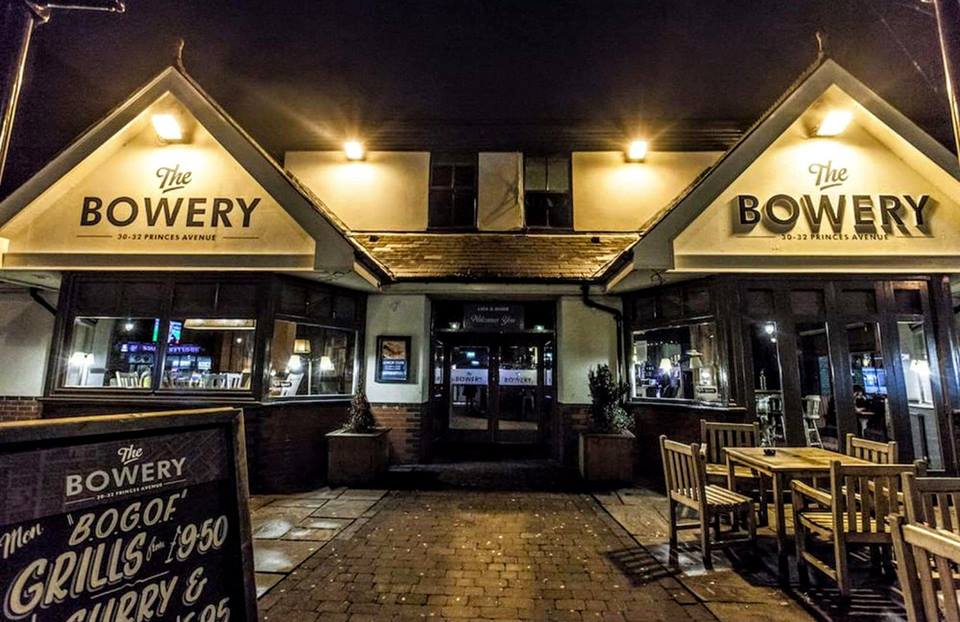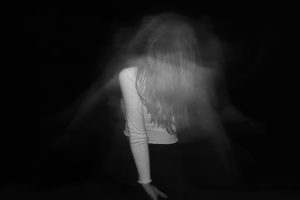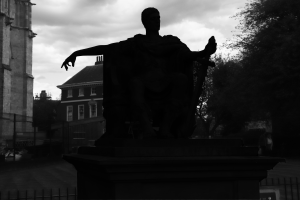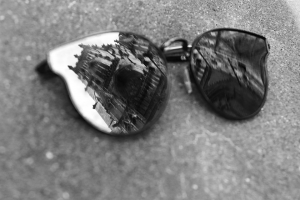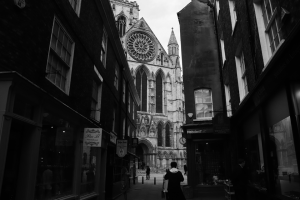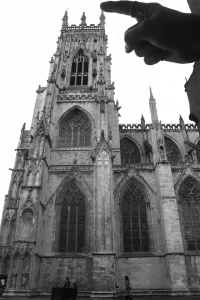Police have seen a spike in the number of violent crimes in nightclubs, bars and pubs.
Each weekend hundreds of police call outs are made by pub owners, workers and customers after violence has struck.
They made an estimated 365 call outs each year in Hull alone – with a fraction being dealt with.
Pub owner of The Bowery said it was time that the Humberside police followed the lead of the pub watch.
“We live in a culture were drugs and alcohol tend to go hand in hand these days” says Melanie Craggs. “In the past 10 months we have had to call the police 7 times but fights are over as quickly as they start.”
But bar workers appeared adamant that it was about time something was done to reduce the percentage of violence in their workplace.
Annie Bateson glass collector at The Bowery, said: “Unfortunately it’s something you’re always going to get and its part of the job.” She also said: “it was only last bank holiday where I got caught in the middle of a fight and got punched in the face.”
Even customers are threating about the rise in violence “My son had to be rushed to hospital after having his neck slashed with a bottle during a night out at ATIK in Hull city centre” said Alan Wilson. His son hasn’t been on a night out since.
This week the Humberside police rejected calls from Pub watch regarding the community safety team.
The pub watch scheme has been set up by pub owners and they share any information of any violence that may have occurred and for any customers that needs to be notified. Tis information gets shared between the bar staff and those in the area.
But the Humberside police has said it is committed to helping Hulls violence rates.
Now bar workers are calling for action- not words.
